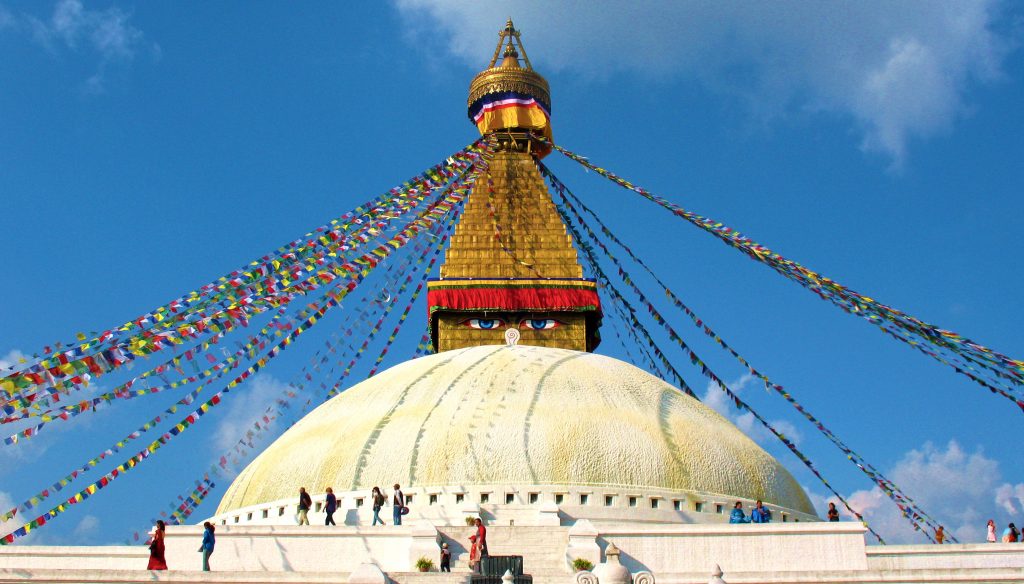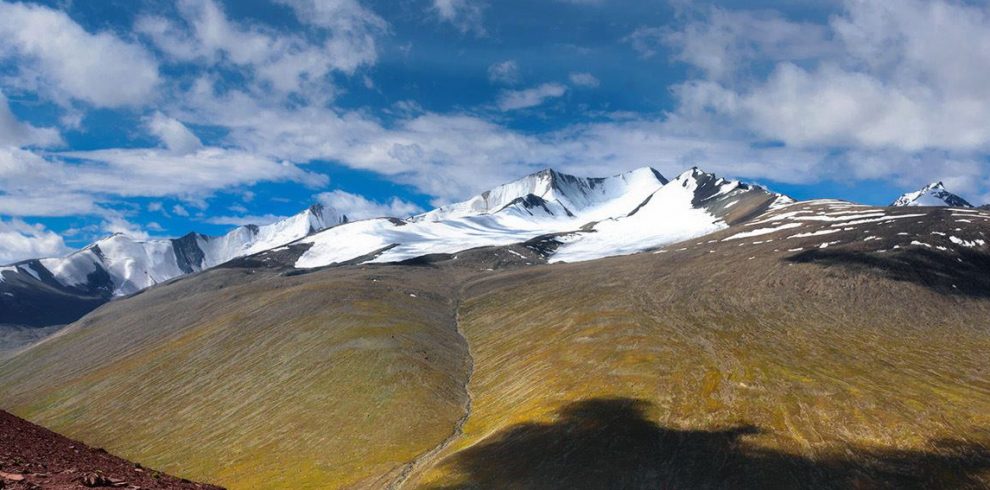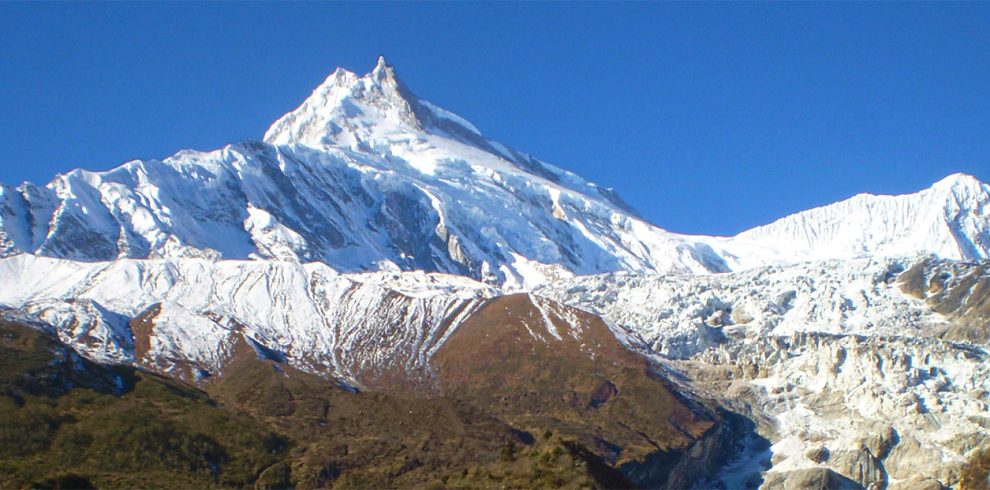Explore and experience the grandeur of the ancient Hindu and Buddhist culture and architecture, and the finesse of the ancient traditional Newari craftsmanship in their temples. This guided tour is focused on presenting you the history and culture of the Kathmandu valley.
Overview
Tour Schedule
8:45 AM- Introduction and briefing with your tour guide at your hotel.
9:00 AM- Drive to Swoyambhunath Stupa/sightseeing.
10:30 AM- Drive to Kathmandu Durbar/sightseeing.
12:30 PM- Lunch at Babar Mahal Revisited/ Explore the Palace
2:00 PM-Drive to Pashupatinath temple/sightseeing for about 45 minutes
3:15 PM-Drive to Bouddhanath Stupa/sightseeing
4:15 PM- Drive to your hotel
Swoyambhunath Stupa, a UNESCO World Heritage Site, is one of the most famous and beautiful Buddhist Stupas situated on top of a hill surrounded by the small forest in Kathmandu valley. It is also commonly called “the monkey temple” because of the huge numbers of monkey residing there. The earliest written record of existence of the Swayambunath Stupa is a 5th-century stone inscription, but it is believed that a shrine had been there as early as the 1st century. Legend has it that Swayambhu was born out of a lotus flower that bloomed in the middle of a lake that once spread across the Kathmandu Valley once was.
Kathmandu Durbar Square, a “UNESCO World Heritage Site” lies in the heart of old Kathmandu city in Basantapur. It holds held the palaces of the Malla and Shah kings who ruled over the city. Once the residence of Nepal’s Royal family, all coronation ceremonies were held here. There were 50 temples within the vicinity including the temple of the titular deity, Taleju Bhawani, a number of which were destroyed during the 2015 earthquake that devastated the country killing more than 10,000 people. The Durbar is divided into two courtyards, the outer Kasthamandap, Kumari Ghar, and Shiva-Parvati Temple, and the inner section consisting of Hanuman Dhoka and the main palace. The Durbar Square, with its old temples, palaces, epitomizes the religious and cultural life of the people.
Pashupatinath Temple, also a UNESCO World Heritage Site, is the biggest temple of the Hindu god Shiva. It is situated at the bank of the holy river Bagmati. This pagoda style Hindu temple is made by bronze that has four doors in four directions with a golden pinnacle at the top with gold-glided ruff. There is no record when the temple was first built but according to Hindu text, the existence of this temple has been since the second century.
It is also famous for its cremation grounds called “Aryaghat”at the bank of Bagmati River. Most of the Hindu people in the valley are cremated in this place after their death.
Bouddhanath Stupa, built in the 5th century, is the biggest Stupa in South Asia. It is about 40m high and about 488m in circumference, surrounded by the brick wall. The stupa is essentially a large dome and on the top is a cubicle structure with paintings of the eye’s of Buddah which represent the enlightened state of compassion and wisdom. There are 13 spires around the cube representing the 13 tasks the Buddhists must perform to reach enlightenment. The stupa is located at the ancient trade route to Tibet where Tibetan merchants rested and offered prayers have for many centuries. It is also a UNESCO world heritage site.
Highlights
- Swoyambhunath Stupa
- Kathmandu Durbar
- Babar Mahal Revisited
- Pashupatinath temple
- Bouddhanath Stupa





